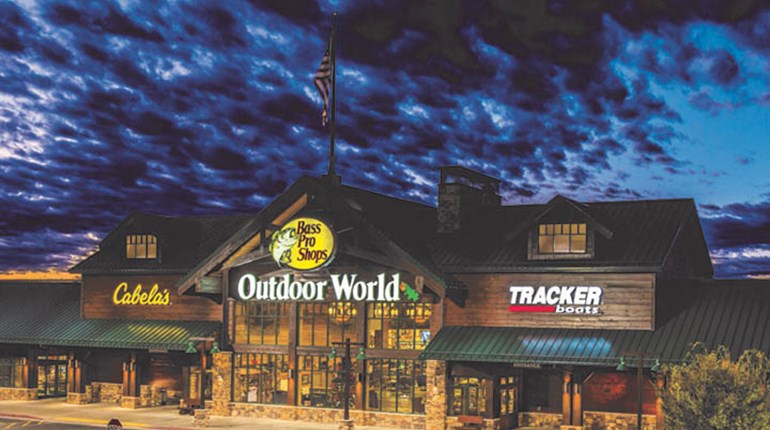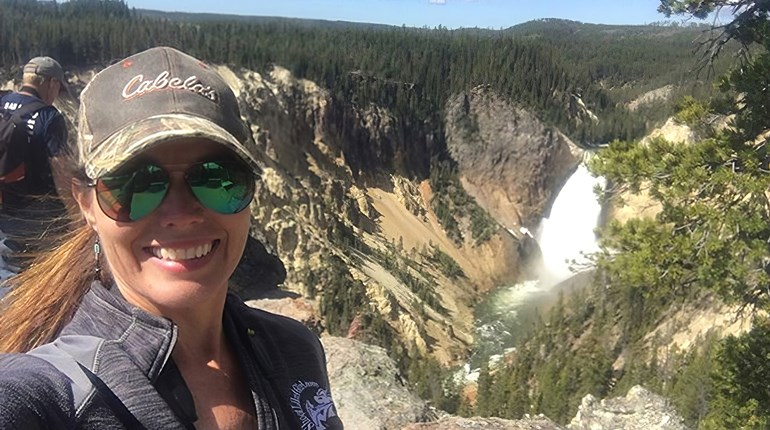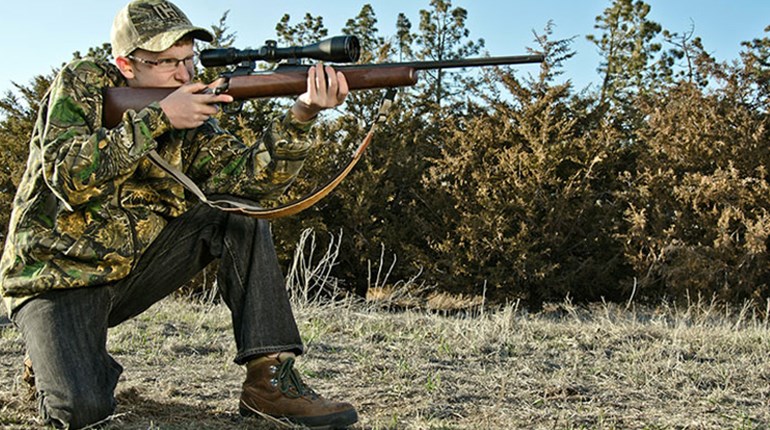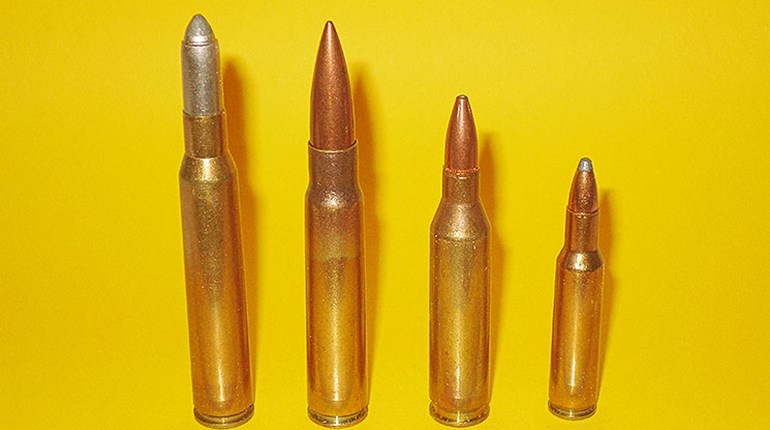Last fall I hunted elk in one of the West’s very best units and did it myself for pennies on the dollar. For the price of the tag and a little bit of cash for an outfitter to pack me into a spike camp, I got to hunt elk in a limited-entry unit known for regularly producing bulls of 350 inches or better. In eight days of backcountry hunting I saw and heard more bulls than in years spent elk hunting over-the-counter units, all with almost no pressure from other hunters, for I was one of only a few people lucky enough to draw a tag in that unit. It was like having a trophy-managed ranch all to myself, at about a quarter of the cost.
When you consider the astronomical odds of drawing a tag for that unit, my adventure might sound like once-in-a-lifetime opportunity. Truth be told, it was actually the second time I’ve held such a coveted tag, and I have confidence I’ll draw licenses in some of the West’s best limited-entry units again in my lifetime—hopefully several, in fact. My secret is akin to buying a bunch of raffle tickets, putting my name in as many hats as I can to increase the odds of winning the license lottery. I also help my chances by relying on an expert who understands not only what states offer the best chances at a coveted tag, but also what units have the best trophy potential.
Eric Pawlak manages Cabela’s T.A.G.S. program, a license application service for sportsmen dreaming of hunting true trophy deer, antelope, elk, sheep and moose. Pawlak and his staff are immersed in a world most hunters don’t have time to dive into, and their expertise is what I credit for drawing not only my Book Cliffs tag, but also an elk tag in New Mexico’s Gila Mountains my very first year of using the T.A.G.S. service. It also doesn’t hurt that Cabela’s floated all the up-front tag fees some states require, leaving more money in my pocket.
Whether you use a license application service, or choose to go it alone, there are a few secrets, Pawlak says, to giving yourself better odds of drawing that license of a lifetime.
“The odds are the odds, so there is no gaming the system,” said Pawlak. “You beat the odds by staying persistent and studying the tricks to know where the odds are the best.”
Typically, a hunter has a certain goal or goals. He wants to hunt an iconic Western species such as bugling bull elk, or wide-racked mule deer, or maybe he dreams really big in the hopes of tagging a majestic bighorn sheep. From there it’s time to decide where to hunt and that’s the point where Pawlak says many people trip themselves up.
“Some states are radically better and more fair to non-resident applicants than other states,” said Pawlak. “For example, you should never apply for a sheep tag in Oregon before you would in Montana. One offers odds of about 1 in 120, the other odds in the thousands. Just looking at the odds of drawing dictates where to apply.”
Once you figure out what to apply for and where to put your licenses in, do your homework to fully understand how that particular state runs its drawing procedure and choose your units accordingly. If you’re applying for mule deer in Nevada, the Department of Wildlife asks you to select five unit choices. Pawlak increases his clients’ chances by “swinging for the fences” or applying for the top three units, then selecting the fourth and fifth choice in units that offer better odds in exchange for a moderately lower trophy potential.
“We know those are still good units,” said Pawlak. “This simple bit of advice greatly increases a hunter’s chances of drawing a limited-entry tag.”
It’s also worth noting that states like Nevada require the applicant to buy a non-refundable hunting license just to enter the draw. In that case, Pawlak suggests applying for all the species that state offers since you’re already on the hook for the hunting license fees.
“The goal is to submit as many applications as possible,” said Pawlak. “Don’t do it at a species at a time.”
Knowing how a state runs its application and drawing process also means understanding the difference between bonus points and preference points. At its most basic, a point is given every time a person applies for a license but is unsuccessful in the draw and each state handles its point system a bit differently. (Some states allow hunters to purchase points without actually applying for a tag.)
When it comes to bonus points, it’s easiest if you think about them like raffle tickets. For every bonus point you have, one ticket goes into the draw. If you have six bonus points, that gives you six chances of drawing that limited-entry license. The more bonus points, the better the odds of drawing, but the beauty of a bonus-point system is there is a chance you could draw that tag-of-a-lifetime the very first time you apply. The downside, if you could call it one, is you might draw a tag you weren’t expecting and have to rearrange your fall plans on the fly.
Preference points work a bit differently. Instead of giving you multiple chances at drawing, the preference point system puts you higher in the pool of applicants. Typically, this means you need to have a maximum number of preference points to draw that particular unit, and there is no chance of drawing a license without that set number of points.
“The neat thing about a preference system is you generally know the year you’re going to draw,” said Pawlak. “So you can manage your hunting season better and be prepared when you do draw the tag.”
Once you’ve figured out the what and where of applying for a limited-entry license, it’s time to choose the how. Typically, most Western states offer some type of primitive-weapon season—either muzzleloader or archery, or both. The more primitive the weapon, the easier it is to draw a tag in most cases, so Pawlak says to apply for the tag with the most primitive weapon you’re comfortable using.
“Chances of success with a rifle is a bit higher, but bowhunting comes with better draw odds and a better season,” said Pawlak. “Plus, in a limited-entry unit you often have a better chance of success with a bow than you would with a rifle in an over-the-counter unit.”
Most importantly, Pawlak says, is stay loyal to the process.
“Don’t give up or apply one year and not the next,” said Pawlak. “Applying for limited-entry licenses is something I think most serious hunters should be doing. It’s like winning the lottery where you get a high-quality hunt in an area that is not overwhelmed. It gives the common guy a chance at a better-quality hunting experience.”





































